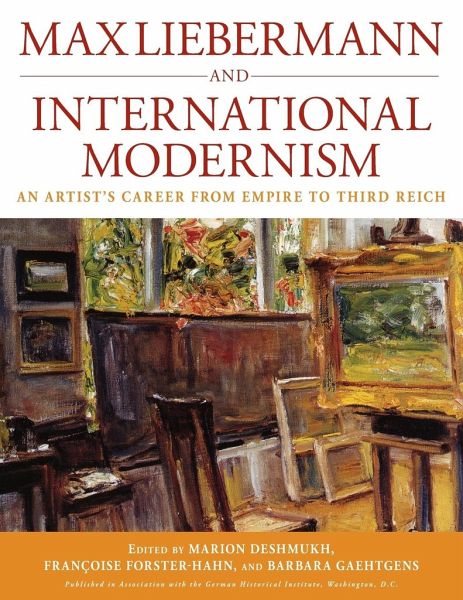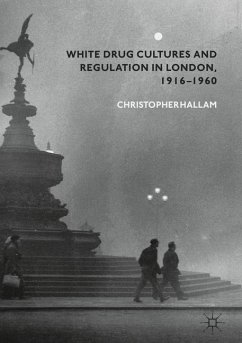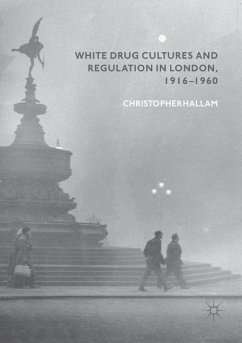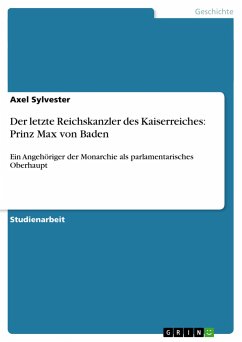
Max Liebermann and International Modernism
An Artist's Career from Empire to Third Reich
Herausgeber: Deshmukh, Marion; Gaehtgens, Barbara; Forster-Hahn, Françoise
Versandkostenfrei!
Versandfertig in 1-2 Wochen
82,99 €
inkl. MwSt.

PAYBACK Punkte
41 °P sammeln!
Although Max Liebermann (1847-1935) began his career as a realist painter depicting scenes of rural labor, Dutch village life, and the countryside, by the turn of the century, his paintings had evolved into colorful images of bourgeois life and leisure that critics associated with French impressionism. During a time of increasing German nationalism, his paintings and cultural politics sparked numerous aesthetic and political controversies. His eminent career and his reputation intersected with the dramatic and violent events of modern German history from the Empire to the Third Reich. The Nazi...
Although Max Liebermann (1847-1935) began his career as a realist painter depicting scenes of rural labor, Dutch village life, and the countryside, by the turn of the century, his paintings had evolved into colorful images of bourgeois life and leisure that critics associated with French impressionism. During a time of increasing German nationalism, his paintings and cultural politics sparked numerous aesthetic and political controversies. His eminent career and his reputation intersected with the dramatic and violent events of modern German history from the Empire to the Third Reich. The Nazis' persecution of modern and Jewish artists led to the obliteration of Liebermann from the narratives of modern art, but this volume contributes to the recent wave of scholarly literature that works to recover his role and his oeuvre from an international perspective.












